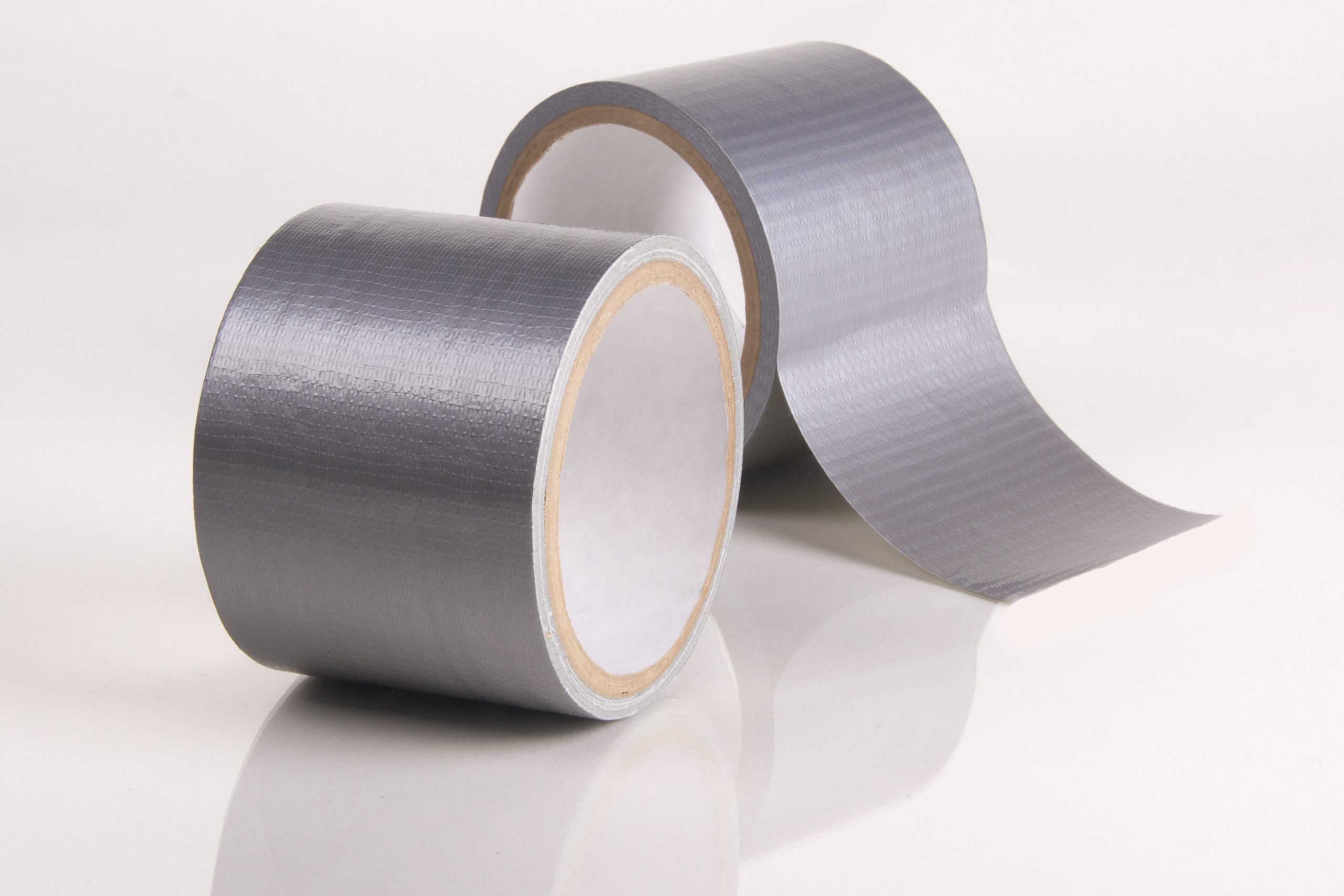Leather furniture, with its timeless elegance and sophisticated charm, effortlessly elevates any living space. The allure of a well-crafted leather piece lies not just in its aesthetics but also in its durability. However, to ensure that these pieces retain their luster and remain a source of pride, proper care is indispensable. A well-maintained leather sofa or chair can last for decades, becoming a cherished part of your home’s character. This guide aims to provide comprehensive insights into caring for your leather furniture, ensuring it remains as captivating as the day it was acquired.
Contents
Understanding Leather Types
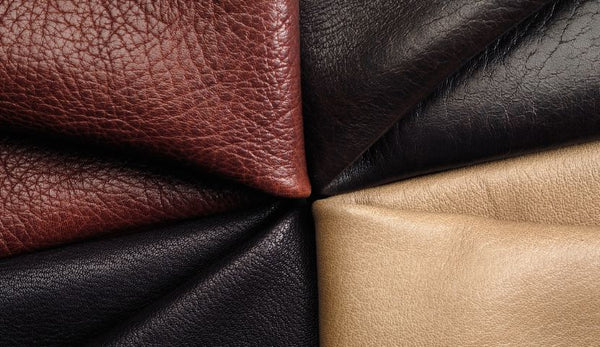
Leather, a natural and versatile material, comes in various types, each with its unique characteristics and care requirements. Full-grain leather, known for its durability and high quality, showcases the natural markings and grain of the hide. Top-grain leather, while still of high quality, has its surface lightly sanded to remove imperfections. Split grain and bonded leather, more affordable options, are crafted from the layers beneath the top grain and may have synthetic materials added.
Recognizing the type of leather your furniture is made from is the first step in establishing an effective care routine. Different leather types respond differently to cleaning agents and environmental conditions. For instance, full-grain leather may develop a rich patina over time, while bonded leather requires careful handling to prevent peeling. By understanding these nuances, you can tailor your care practices to suit the specific needs of your furniture.
The Basics Of Leather Care
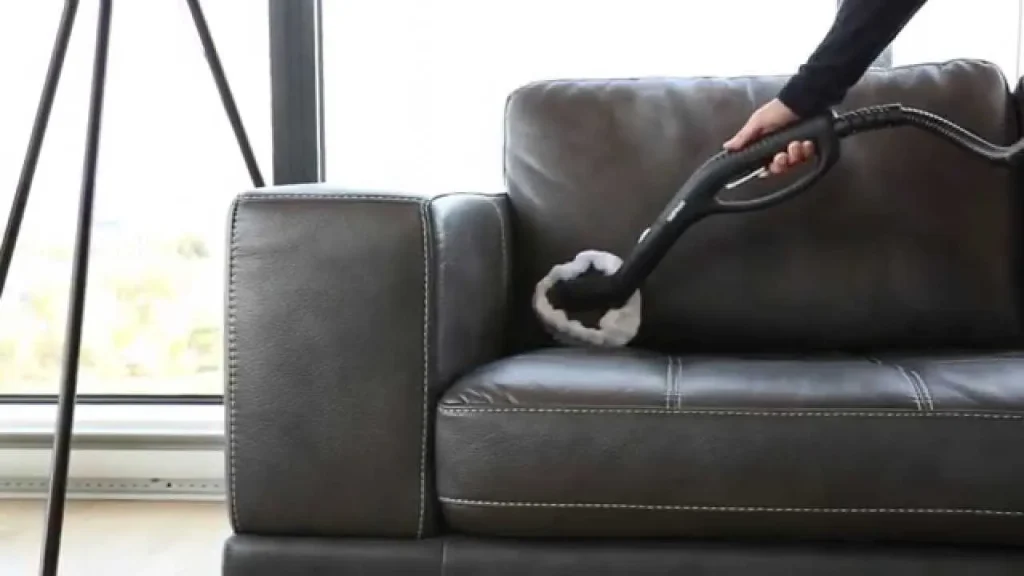
Routine maintenance is pivotal in preserving the appearance and extending the lifespan of your leather furniture. Regular dusting and vacuuming help prevent the accumulation of dirt and allergens, which can lead to surface abrasions. Immediate attention to spills is crucial, as leather is porous and can absorb liquids, leading to stains. Additionally, placing your leather furniture away from direct sunlight and maintaining an optimal humidity level can prevent fading and cracking.
Adopting these basic care practices can significantly enhance the longevity of your leather pieces. Regularly wiping the surface with a dry, soft cloth removes dust and prevents build-up. Avoiding exposure to extreme temperatures and keeping the furniture away from heating sources can also contribute to maintaining its suppleness and color. By incorporating these steps into your routine, you lay the foundation for a comprehensive leather care regimen.
Cleaning Techniques For Leather Furniture
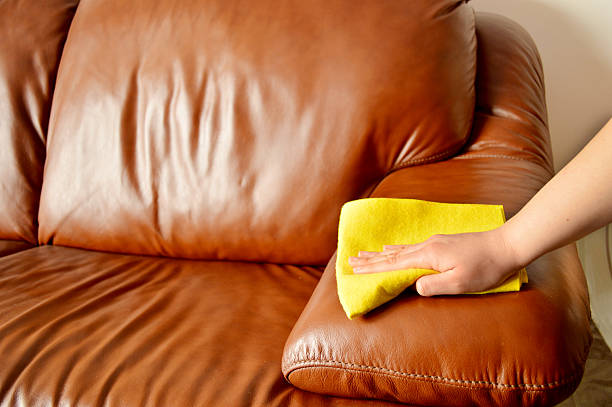
Cleaning leather furniture requires a gentle touch and the right products. Mild soap mixed with water can be an effective solution for cleaning the surface without causing damage. Using a soft microfiber cloth to apply the mixture in a circular motion can lift dirt without scratching the leather. Specialized leather cleaners are formulated to remove dirt while preserving the leather’s natural oils. These cleaners are often pH-balanced to ensure they do not harm the material.
Avoiding harsh chemicals and abrasive materials is crucial, as they can strip the leather of its natural oils and lead to premature aging and cracking. Additionally, it is advisable to test any cleaning product on a small, inconspicuous area of the furniture before full application, ensuring it does not adversely affect the leather. Regular cleaning not only maintains the aesthetic appeal but also contributes to the longevity of the furniture.
Conditioning And Nourishing Your Leather

Leather, much like skin, requires nourishment to retain its suppleness and prevent drying or cracking. Conditioning leather furniture is an essential step in the care routine. Leather conditioners, available in various forms such as creams, oils, and waxes, replenish the natural oils lost over time. Regular application of these products can keep the leather soft, lustrous, and resistant to wear and tear. The choice of conditioner can also impact the leather’s sheen and texture.
Natural options, such as beeswax, can also serve as effective conditioners. When applied sparingly and buffed into the leather, these natural products can enhance the furniture’s appearance while providing protection. Striking a balance between nourishment and over-conditioning is crucial, as excessive products can lead to a sticky residue or altered texture. Proper conditioning ensures that the leather remains vibrant and luxurious.
Addressing Stains And Spills
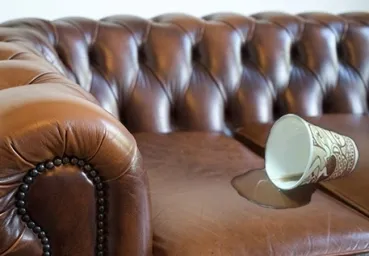
Accidents happen, and addressing stains and spills promptly is key to maintaining the pristine condition of leather furniture. Different stains require specific treatments; for instance, ink stains may be treated with rubbing alcohol, while food stains can often be lifted with a mild soap solution. Blotting rather than rubbing is recommended to prevent the stain from spreading.
Knowledge of stain removal techniques can be a valuable tool in leather care.
For liquid spills, using an absorbent cloth to blot the area immediately can prevent seepage into the leather. Regular household items, such as baking soda, can be effective in lifting oil stains. Regardless of the type of stain, swift and appropriate action can often prevent permanent damage. Timely intervention can save your furniture from lasting blemishes.
Regular Maintenance For Longevity
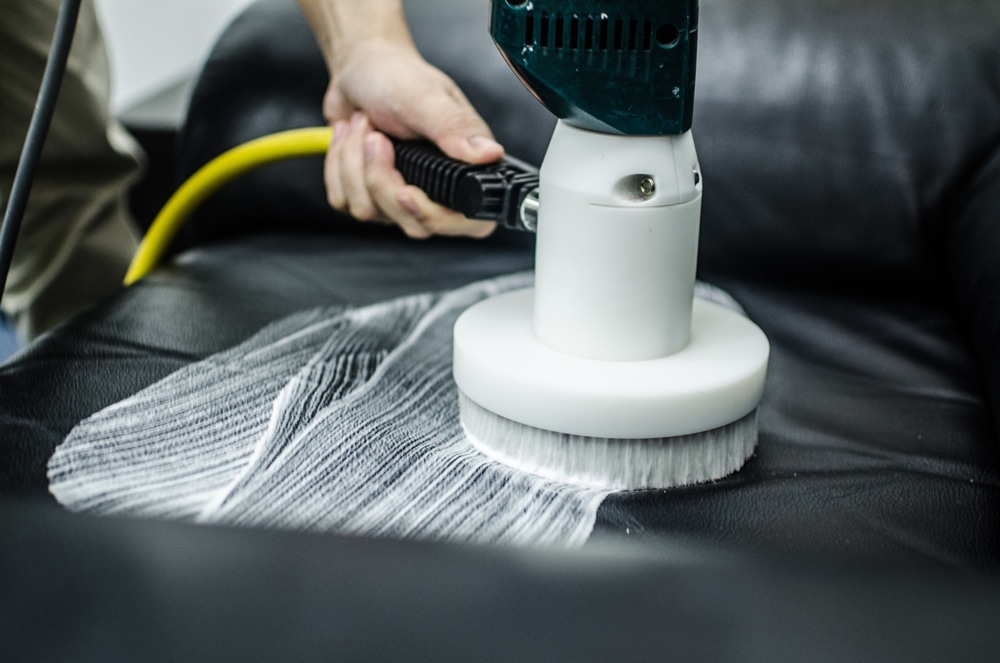
Incorporating regular maintenance tasks into your routine can significantly extend the life of your leather furniture. Periodic professional cleaning and conditioning services can rejuvenate the appearance of leather, addressing any deep-set stains or wear patterns. Scheduling these services annually or bi-annually can ensure consistent care. A commitment to regular maintenance can make a noticeable difference.
Routine tasks, such as dusting, vacuuming, and periodic conditioning, contribute to the furniture’s longevity. Keeping a maintenance schedule can be beneficial, ensuring that tasks are performed consistently. By investing time and effort in regular upkeep, you ensure that your leather furniture remains a luxurious focal point in your space. This proactive approach can enhance the furniture’s lifespan.
Protecting Leather From Wear And Tear
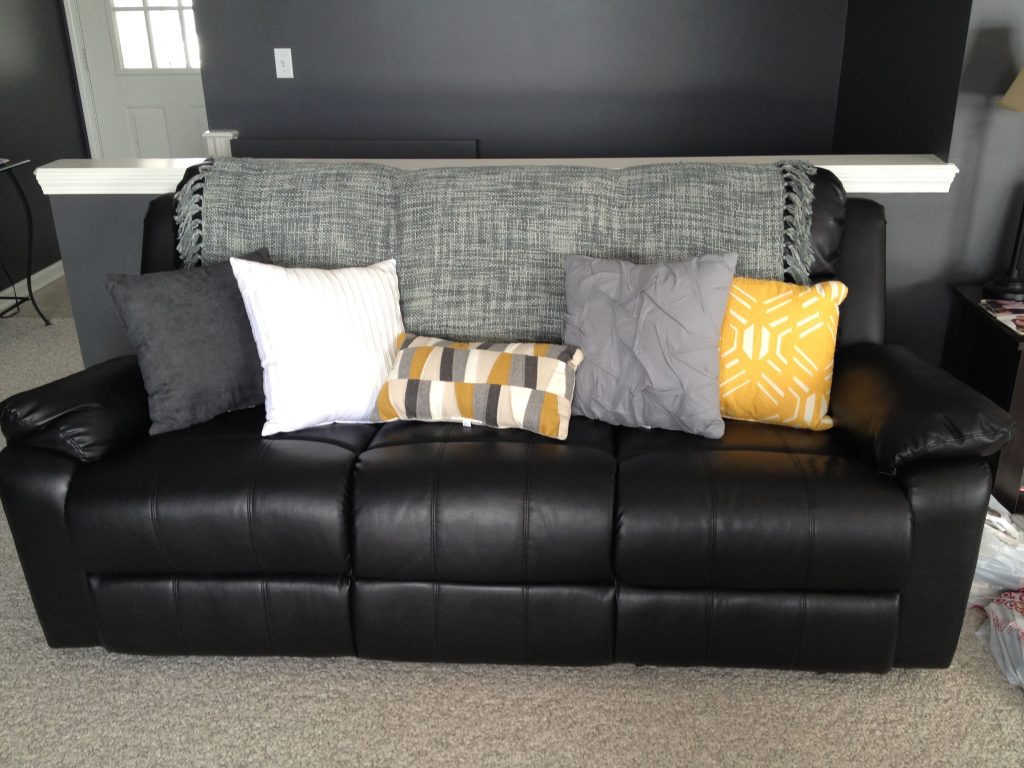
Minimizing wear and tear is an essential aspect of leather care. Utilizing throws and rotating seat cushions can distribute wear evenly, preventing the formation of worn spots or creases. Protective sprays designed for leather can create a barrier against spills and stains, offering an additional layer of defense. These protective measures can be particularly beneficial in high-traffic areas.
As previously mentioned, strategically placing your leather furniture away from direct sunlight and heat sources can also prevent fading and drying. Using furniture covers or throws can also protect the leather from scratches, especially in homes with pets or children. By taking these preventative measures, you ensure that your leather furniture retains its elegance and comfort for years to come. Thoughtful placement and protection can significantly contribute to the longevity of your pieces.
Elevate Your Space With Timeless Leather Care!
Caring for leather furniture is an art that combines regular maintenance, timely intervention, and protective measures. By understanding the type of leather, employing suitable cleaning and conditioning techniques, and addressing stains promptly, you can ensure your furniture remains elegant and durable. Regular maintenance and strategic protective measures further enhance longevity. By embracing these practices, you can ensure that your leather pieces continue to add luxury and comfort to your space, standing the test of time with grace.

